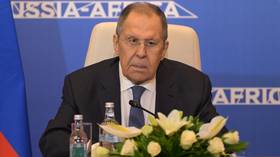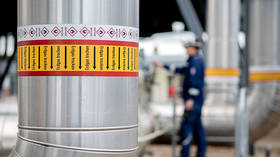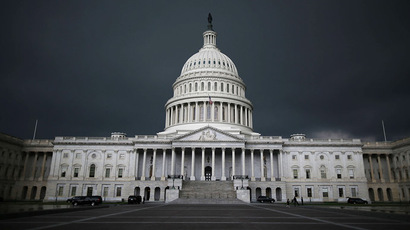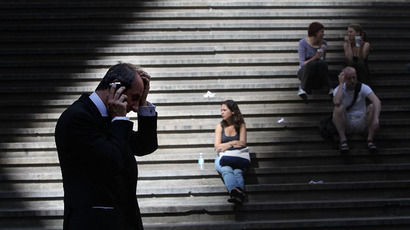Key creditor China begins acting to hedge against US default
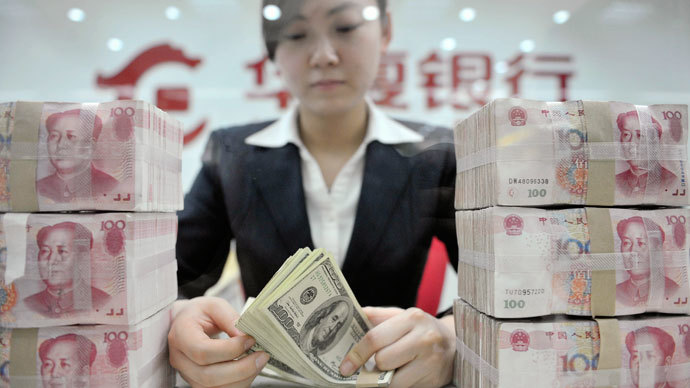
Hong Kong has sent the first sign from Asia that the region is creating extra financial buffers against a possible default in the US. China said some US short – term Treasury bonds appear to be more risky to hold as collateral than previously thought.
The clock is ticking for the US to make a decision on its spending bill and the massive $16.7trln debt. The country’s key foreign lender China has shifted from words to actions and said it has taken two steps to reflect the increased difficulty of valuing certain short-term US Treasuries, the Financial Times reports.
YOU CAN FOLLOW THE US GOVERNMENT SHUTDOWN LIVE UPDATES HERE
One of the steps includes a so-called “haircut”, or a discount, on the value of US Treasuries held as collateral against futures trades.
The interest rate for bonds held with maturity of less than one year would be raised to 3 percent from 1 percent.
“Participants should make necessary funding arrangements to cover any shortfall to their margin requirements resulting from the increase in the US Treasuries haircut,” HKEx said.
One of the concerns is whether the US Treasuries may be easily replaced or supplemented in case their value slump in case of a default.
Experts say,however, Treasuries make up a relatively low share of the collateral used in Hong Kong and Asia more broadly.
The move comes after the Asia Securities Industry & Financial Markets Association (Asifma) warned of the possible “chaos” that a default announcement made by the US Treasury before the Asian market opening on October 17 may cause.
“It has the potential to cause chaos and people may dump Treasuries because they won’t know whether they can exist the next day. They [Treasury] need to make that call early and not late,” said Mark Austen, chief executive of Asifma.
The Japan Securities Clearing Corporation (JSCC), the clearing house in Japan, said it was getting ready for “anything that might happen”.
Discounting the collateral by some of the members of clearing houses is a part of the bodies’ routine that allows them to take into account price fluctuations and the fact that some bonds are less secure than others.


